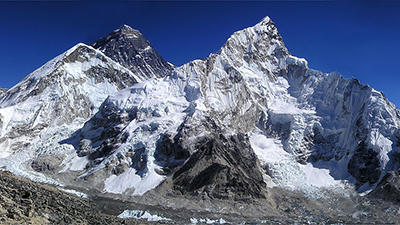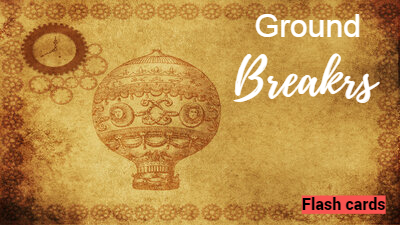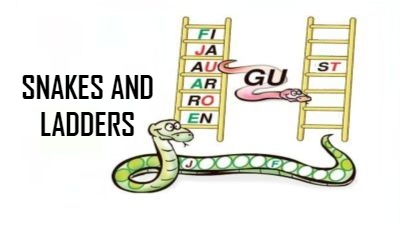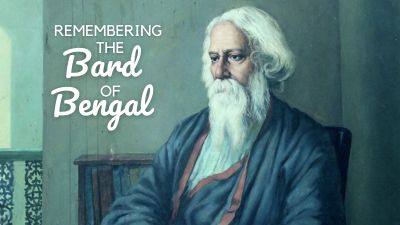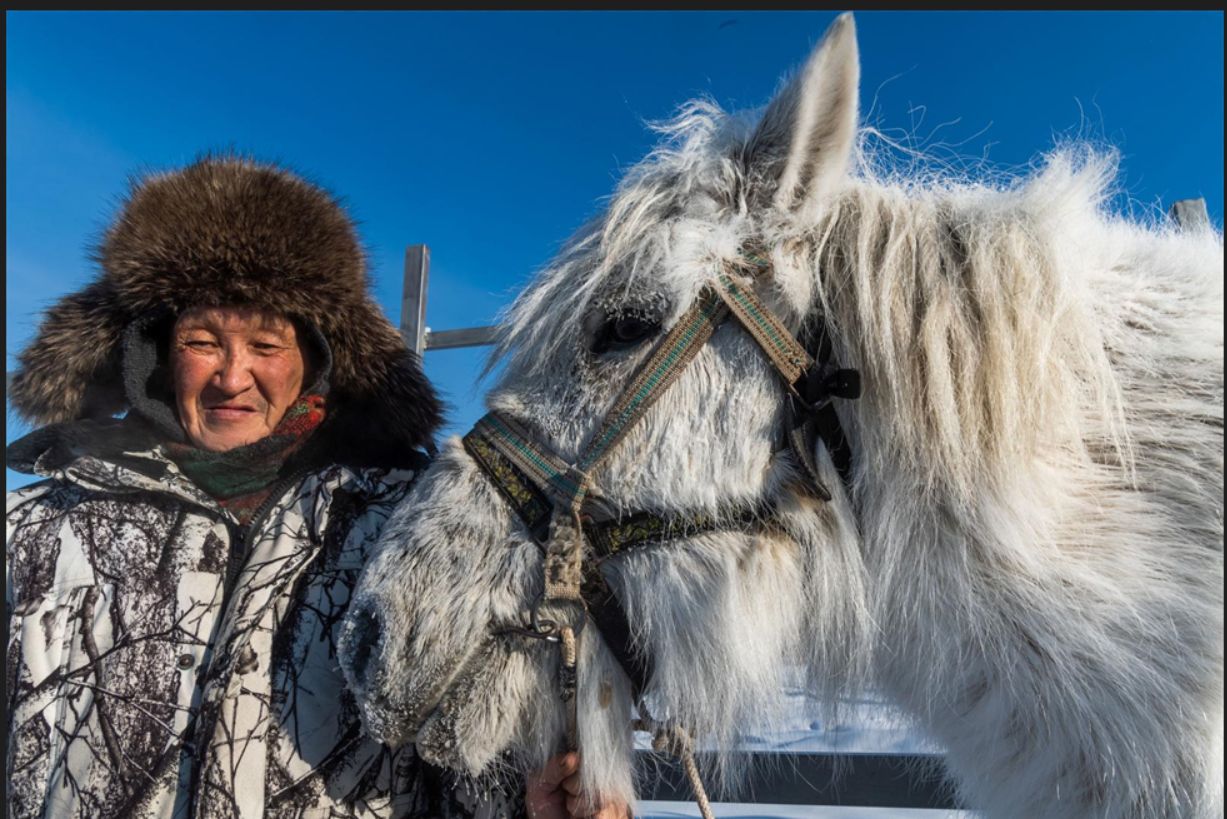It’s summer vacations and the temperatures are beginning to rise. Here are some places from around the globe that offer a breather from the heat.
Nuwara Eliya, Sri Lanka
At an altitude of 6128 ft, this is the coolest place on this tropical island. Nicknamed Little England because it resembles the English countryside, it became popular with the British who wanted a break from the heat of the plains. Trekking, hiking, fishing (for salmon and perch) and visits to nearby bird sanctuary and tea factories are among the various activities here. There is also a connection with the Ramayana. It is said that Ravana’s palace was situated in the thick forests of Nuwara Eliya and there is also a temple dedicated to Sita.
Lake District, England
This mountainous region in Cumbria, in the northwest of the country is famous for its lakes, forests and mountains. It is also associated with famous poets such as William Wordsworth and Samuel Taylor Coleridge and the children’s author Beatrix Potter. Two World Heritage Sites — The English Lake District and Frontiers of the Roman Empire — are located here. The former is also England’s largest National Park and offers a glimpse of the varied flora and fauna of the region. The name, Lake District, comes from the 16 lakes located here. Among these are Bassenthwaite Lake, Wastwater and Windermere. England’s highest mountain Scafell Pike is also located here. The area is famous for the native Herdwick sheep breed, the graphite mine at Seathwite, which led to the evolution of the stationery industry, and the award-winning Grasmere Gingerbread invented by Sarah Nelson on 1854.
Vermont, The U.S.
A combination of the French words, Vert (green) and Mont (mountain), Vermont is home to the Green Mountains, which were formed over 400 million years ago. Its rocks are believed to be among the oldest in the world. Mount Mansfield, the state’s highest point, is located in this range. Vermont is also famous for maple syrup, made from the sap of the Sugar Maple, the state tree. Visitors to Vermont can taste maple sugar candy, maple lollipops, and even maple ice cream. Rudyard Kipling, the India-born British author of classics like The Jungle Books, eventually settled in Vermont.
Black Forest, Germany
A large forested mountain range in the state of Baden-Württemberg in southwestern Germany, the German name for this region is Schwarzwald. The name, Black Forest, is derived from the dark colour of the pine trees that grow here. The highest peak in the region is the Feldberg at an elevation of 1493m. The area is known for wood carving, and cuckoo clocks have been made here since the mid-18th century. In fact, much of the cuckoo clock development happened in the Black Forest region. Today, it produces a large number of carved ornaments as tourist souvenirs. The Grimm Brothers, who are known for fairy tales such as Hansel and Gretel, Snow White and Rapunzel, were from this region and many of the stories are set here. The Black Forest Cake is the English name for the German dessert Schwarzwälder Kirschtorte (literally it translates to Black Forest Cherry Tart).
Jasper National Park, Canada
Located in the Canadian Rockies, this is the world’s largest dark sky preserve. It has some of the darkiest skies in the world and attracts stargazers and astronomers. The Jasper Dark Sky Preserve is also an ideal spot to see the Aurora Borealis or the Northern Lights. The area is known for the bighorn sheep that live in the upper elevations of the mountain range. The horns of the rams can grow to a length of two feet.


